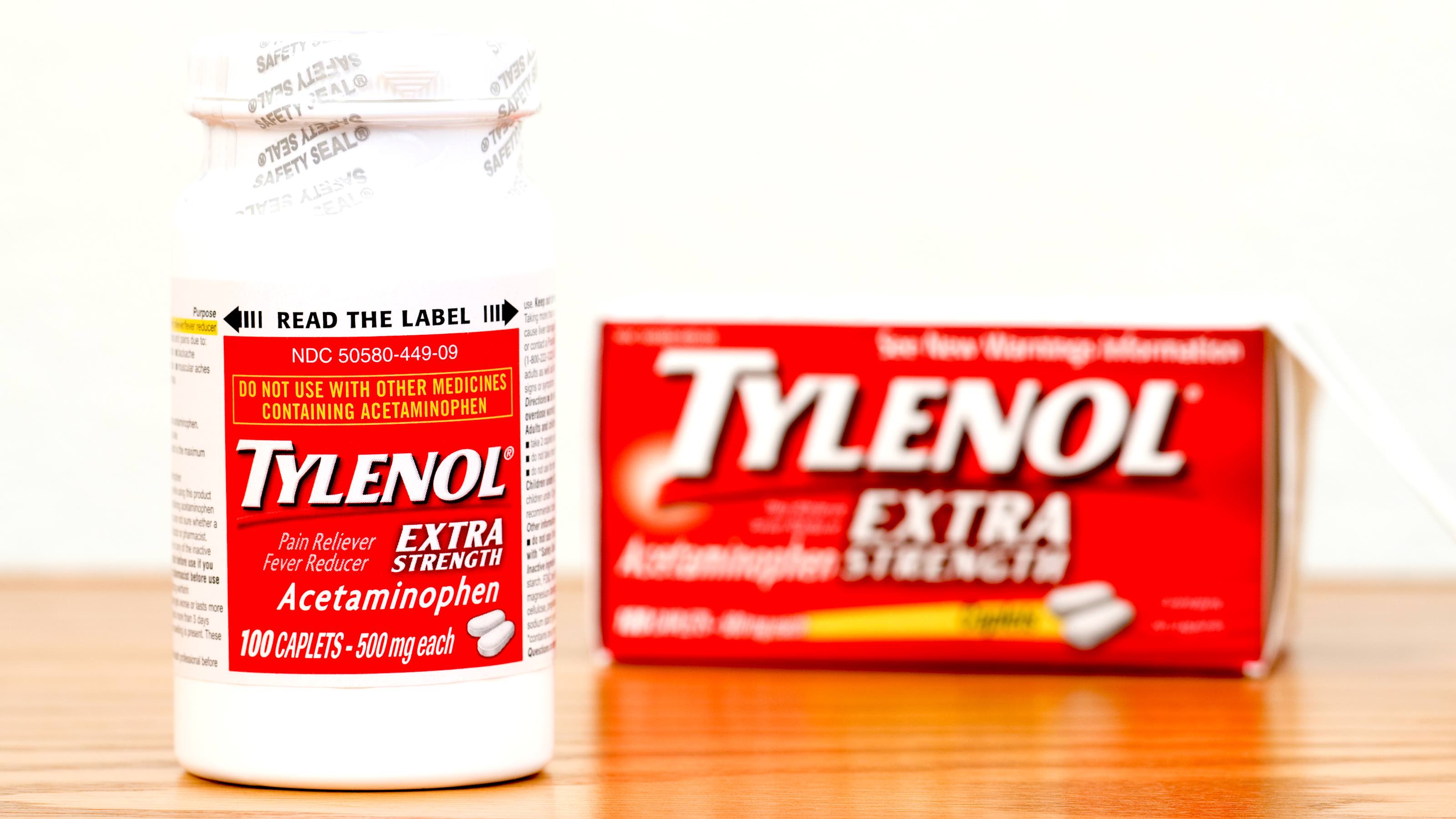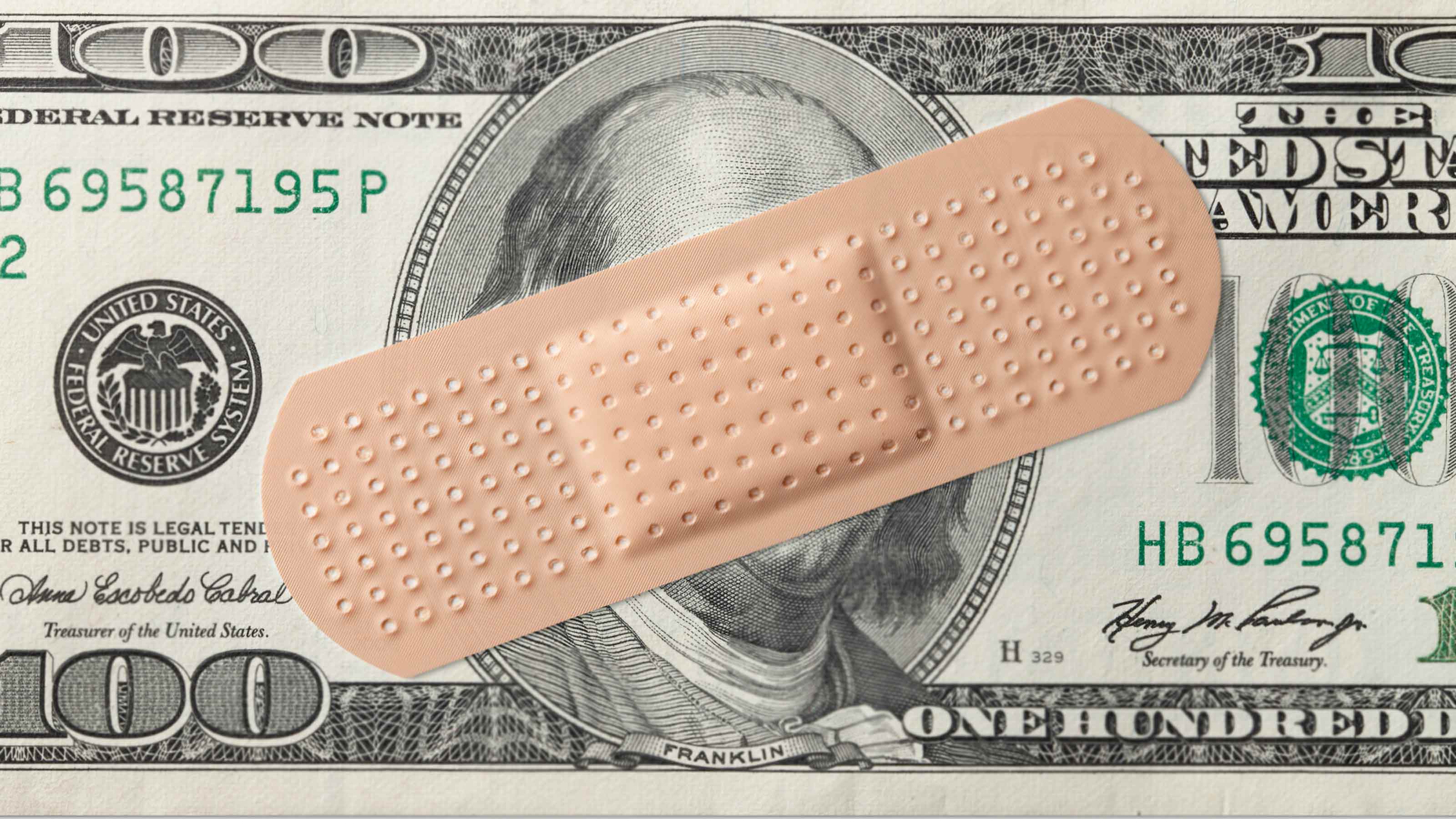Johnson & Johnson Spins Off Kenvue in Biggest IPO Haul Since 2021
Johnson & Johnson rips off Band-Aid and spits out Listerine in a bid to boost margins.


Johnson & Johnson (JNJ) spun off its Kenvue (KVUE) consumer brands division on Thursday, raising the most cash from an initial public offering (IPO) in more than a year.
Johnson & Johnson said it sold 172.8 million shares at $22 a pop in Kenvue, giving the company whose brands include Band-Aid, Tylenol and Listerine a valuation of roughly $40 billion.
Johnson & Johnson, a component of the Dow Jones Industrial Average, raised $3.8 billion from the offering. That's the largest haul from an IPO since late 2021, according to Renaissance Capital. The IPO market dried up in 2022 amid a historically bad year for stocks and the hangover from 2021's frenzy of fizzled SPAC offerings.
From just $107.88 $24.99 for Kiplinger Personal Finance
Become a smarter, better informed investor. Subscribe from just $107.88 $24.99, plus get up to 4 Special Issues

Sign up for Kiplinger’s Free Newsletters
Profit and prosper with the best of expert advice on investing, taxes, retirement, personal finance and more - straight to your e-mail.
Profit and prosper with the best of expert advice - straight to your e-mail.
Indeed, direct listings and IPOs with an initial valuation of at least $50 million numbered just 71 last year, down from nearly 400 in 2021, per Renaissance Capital.
JNJ announced the split of its consumer brands business from its pharmaceutical and medical devices divisions in late 2021. The healthcare giant's aim – as is pretty much always the case with these sorts of breakups – is to liberate faster-growth, higher-margin businesses from the drag of slower-growth, lower-margin businesses.
Johnson & Johnson said it continues to own about 90% of Kenvue after the IPO, with plans to distribute shares to its own shareholders perhaps in the second half of this year.
Johnson & Johnson's aims

As for the proceeds from the KVUE offering, Johnson & Johnson said it will retain $1.1 billion in cash and cash equivalents, with the remainder being used for general purposes.
Kenvue, meanwhile, hits the market with a roughly $40 billion market value. On a pro forma basis, the company recorded annual net income of $1.5 billion on almost $15 billion in revenue.
"Being spun out of Johnson & Johnson, consumer health giant Kenvue is pitching a mature and profitable business with a healthy dividend yield, bolstered by a portfolio of well-known brands like Tylenol and Listerine," notes Renaissance Capital.
JNJ, whose 60-year streak of annual dividend increases makes it one of the best dividend stocks for dependable dividend growth, does get a Buy recommendation from analysts, according to S&P Global Market Intelligence – but with very mixed conviction. That places it pretty far down the list of Wall Street's favorite Dow stocks.
The overhang of litigation stemming from allegations that the talc in its iconic baby powder is carcinogenic has been just one issue for JNJ. And although the Kenvue separation should help the company's margin profile, there's no denying that JNJ became one of the best stocks of the past 30 years as a three-headed business.
As you can see in the chart below, shares in Johnson & Johnson were off nearly 8% for the year-to-date through May 3, lagging the broader market by about 14 percentage points.

With an average target price of $178.79, analysts give JNJ stock implied upside of about 10% in the next 12 months or so. Add in the dividend yield, and the implied total return comes to roughly 13%.
Profit and prosper with the best of Kiplinger's advice on investing, taxes, retirement, personal finance and much more. Delivered daily. Enter your email in the box and click Sign Me Up.

Dan Burrows is Kiplinger's senior investing writer, having joined the publication full time in 2016.
A long-time financial journalist, Dan is a veteran of MarketWatch, CBS MoneyWatch, SmartMoney, InvestorPlace, DailyFinance and other tier 1 national publications. He has written for The Wall Street Journal, Bloomberg and Consumer Reports and his stories have appeared in the New York Daily News, the San Jose Mercury News and Investor's Business Daily, among many other outlets. As a senior writer at AOL's DailyFinance, Dan reported market news from the floor of the New York Stock Exchange.
Once upon a time – before his days as a financial reporter and assistant financial editor at legendary fashion trade paper Women's Wear Daily – Dan worked for Spy magazine, scribbled away at Time Inc. and contributed to Maxim magazine back when lad mags were a thing. He's also written for Esquire magazine's Dubious Achievements Awards.
In his current role at Kiplinger, Dan writes about markets and macroeconomics.
Dan holds a bachelor's degree from Oberlin College and a master's degree from Columbia University.
Disclosure: Dan does not trade individual stocks or securities. He is eternally long the U.S equity market, primarily through tax-advantaged accounts.
-
 Stocks Climb Wall of Worry to Hit New Highs: Stock Market Today
Stocks Climb Wall of Worry to Hit New Highs: Stock Market TodayThe Trump administration's threats to Fed independence and bank profitability did little to stop the bulls on Monday.
-
 How Worried Should Investors Be About a Jerome Powell Investigation?
How Worried Should Investors Be About a Jerome Powell Investigation?The Justice Department served subpoenas on the Fed about a project to remodel the central bank's historic buildings.
-
 Will Soaring Health Care Premiums Tank Your Early Retirement?
Will Soaring Health Care Premiums Tank Your Early Retirement?If you're under 65 and want to retire soon, your plan may be derailed by skyrocketing ACA marketplace premiums. Here's what you can do.
-
 Dow Rises 497 Points on December Rate Cut: Stock Market Today
Dow Rises 497 Points on December Rate Cut: Stock Market TodayThe basic questions for market participants and policymakers remain the same after a widely expected Fed rate cut.
-
 Risk Is Off Again, Dow Falls 397 Points: Stock Market Today
Risk Is Off Again, Dow Falls 397 Points: Stock Market TodayMarket participants are weighing still-solid earnings against both expectations and an increasingly opaque economic picture.
-
 How to Invest for Rising Data Integrity Risk
How to Invest for Rising Data Integrity RiskAmid a broad assault on venerable institutions, President Trump has targeted agencies responsible for data critical to markets. How should investors respond?
-
 What Tariffs Mean for Your Sector Exposure
What Tariffs Mean for Your Sector ExposureNew, higher and changing tariffs will ripple through the economy and into share prices for many quarters to come.
-
 Stock Market Today: S&P 500, Nasdaq Hit New Highs on Retail Sales Revival
Stock Market Today: S&P 500, Nasdaq Hit New Highs on Retail Sales RevivalStrong consumer spending and solid earnings for AI chipmaker Taiwan Semiconductor Manufacturing boosted the broad market.
-
 Stock Market Today: Powell Rumors Spark Volatile Day for Stocks
Stock Market Today: Powell Rumors Spark Volatile Day for StocksStocks sold off sharply intraday after multiple reports suggested President Trump is considering firing Fed Chair Jerome Powell.
-
 The Best Health Care Stocks to Buy
The Best Health Care Stocks to BuyThe best health care stocks offer investors a defensive hedge in an uncertain market. Here's how to find them.
-
 Stock Market Today: Stocks Are Mixed Before Liberation Day
Stock Market Today: Stocks Are Mixed Before Liberation DayMarkets are getting into the freewheeling rhythm of a second Trump administration.